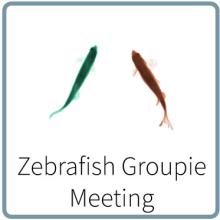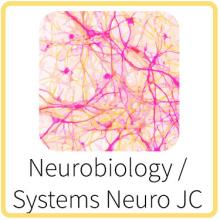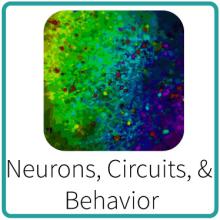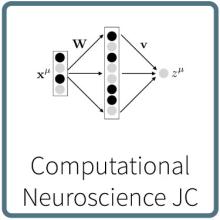Upcoming Events!
Past Events
Image


Nov 21
No Groupie – Thanksgiving Holiday
Image


Nov 17
Bryan Roth, MD PhD
MICHAEL HOOKER DISTINGUISHED PROFESSOR, PHARMACOLOGY | DIRECTOR, NIMH PSYCHOACTIVE DRUG SCREENING PROGRAM, ESHELMAN SCHOOL OF PHARMACY
A crystal clear view of psychedelic drug actions
In this talk I will present new data from the lab highlighting the mechanisms of action of...
In this talk I will present new data from the lab highlighting the mechanisms of action of psychedelic drugs at the molecular level. For background reading consider:
Image


Nov 14
No Groupie
Image


Nov 14
Week 8 - SFN -
No Journal Club
Paper - TBA
Paper - TBA
Image


Nov 8
Kevin Zumwalt
SfN poster practice
Image


Nov 7
Presenter: Danny Burnham
Image


Nov 7
Week 7 - Kelsey
Musical and linguistic syntactic processing in agrammatic aphasia: An ERP study https://pubmed.ncbi.nlm.nih.gov/35002061/
Paper - TBA
Paper - TBA
Image


Nov 7
Becca Maher
Image


Nov 1
Evan Vickers
Coordinated switching of spontaneous behavioral motifs and mesoscale cortical functional connectivity networks
Image


Oct 31
Presenter: Matthew Trappett
